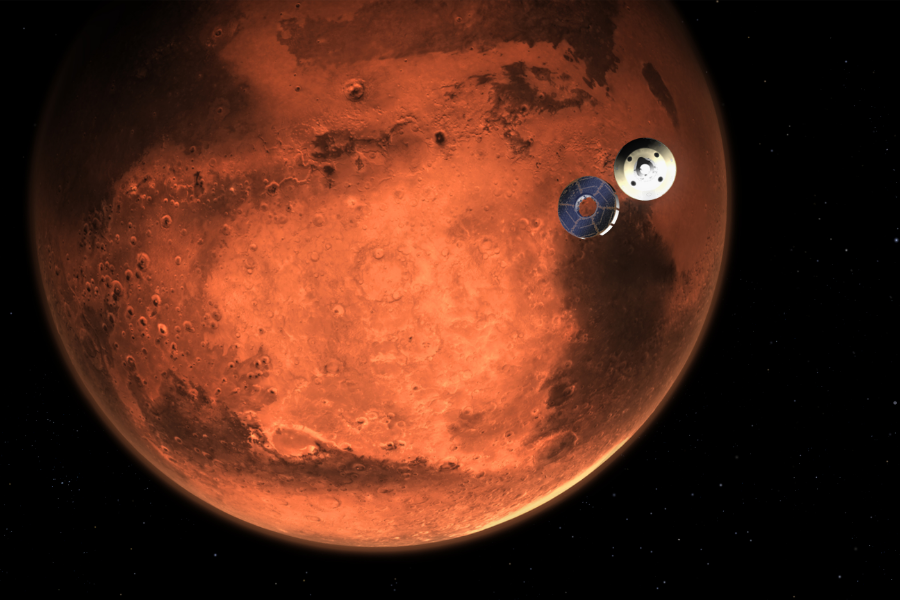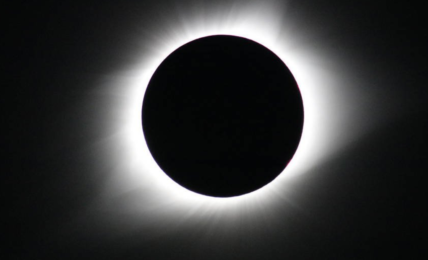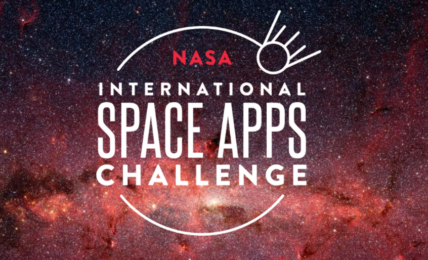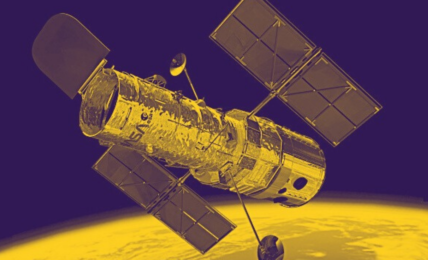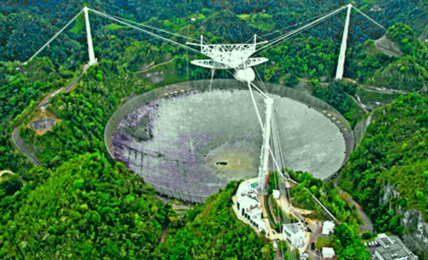What does it take to land a rover on Mars? Let’s meet some of the people who made it happen
The Mars 2020 Perseverance team represents a diverse team of scientists and engineers from a wide range of disciplines -- encompassing everything from geology, to planetary science, to computer programming, to robotics.
